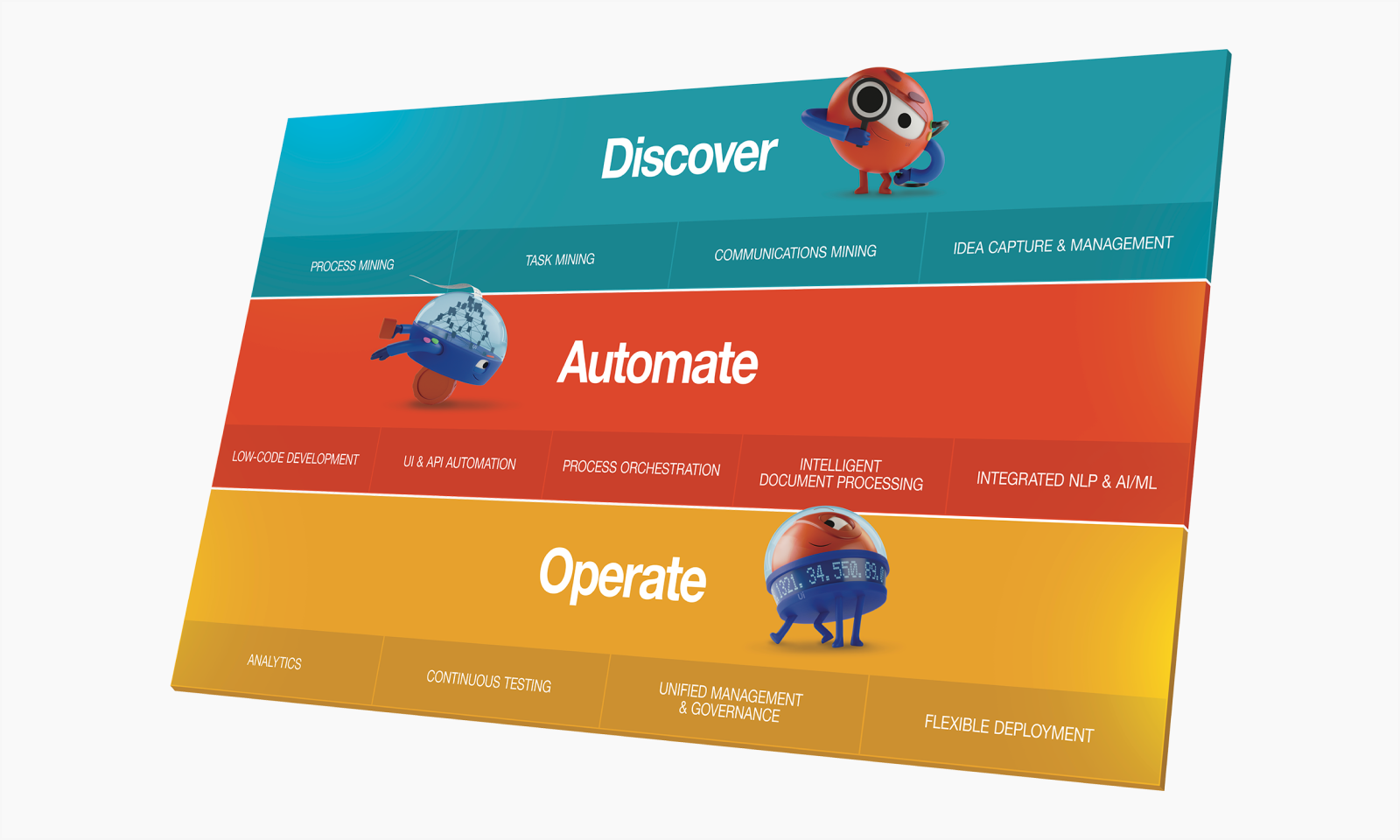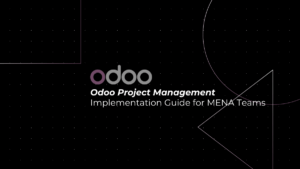
The field of Information Technology (IT) has always been characterized by rapid advancements and innovations. Yet, in recent years, a new force has been rapidly reshaping the IT landscape: Artificial Intelligence (AI). AI, with its ability to automate tasks, process vast amounts of data, and make decisions, is transforming the way IT functions. This transformation, while promising new opportunities and efficiencies, also brings significant challenges and uncertainties for IT professionals. The influence of AI is far-reaching, from automating routine tasks to enhancing cybersecurity and data analysis.
This blog delves deep into the transformative impact of AI on IT jobs, explores the evolving roles in the IT industry, and outlines strategies for IT professionals to not just survive but thrive in this AI-driven landscape.
Table of Contents
ToggleAI’s Transformational Influence on IT
AI, once a concept relegated to science fiction, is now at the heart of IT evolution. Its capacity to process vast data sets, make informed decisions, and even emulate human learning has profound implications for the IT field. Here’s how it is reshaping IT:
Automation of Repetitive Tasks:
AI, particularly Robotic Process Automation (RPA), is taking over mundane, rule-based tasks that have long been staples of IT support. Data entry, system monitoring, and more are now being handled by AI, freeing up IT professionals to concentrate on strategic initiatives.
Tool Example: UiPath and Automation Anywhere are popular RPA tools that IT professionals can use to automate routine tasks, such as data extraction and report generation, thus increasing efficiency and productivity.

Predictive Maintenance:
In the realm of IT infrastructure, AI is transforming equipment maintenance. By analyzing data patterns, it predicts potential equipment failures, enabling proactive maintenance to minimize downtime and disruptions.
Tool Example: IBM’s Predictive Maintenance and Quality (PMQ) uses AI and machine learning to predict equipment failures, helping IT teams schedule maintenance activities effectively.
Enhanced Cybersecurity:
Artificial Intelligence is a formidable ally in the fight against cyber threats. It continuously monitors network traffic, detects anomalies, and responds in real-time to potential security breaches. Its capability to process massive datasets makes it a vital tool for safeguarding IT systems.
Data Analysis and Insights:
AI’s data processing capabilities are unparalleled. It rapidly analyzes extensive datasets, uncovers patterns, and offers invaluable insights, assisting IT professionals in making data-driven decisions.
Tool Example: Tableau, a data visualization tool, utilizes AI to analyze and present data in a visually comprehensible manner, empowering IT professionals to derive actionable insights.

Exploring Opportunities in the AI-Infused IT Landscape
While AI’s rapid ascent in IT raises concerns about job displacement, it simultaneously opens up a wealth of opportunities for IT professionals. These opportunities span a wide spectrum:
AI Specialists:
As Artificial Intelligence becomes integral to IT, the demand for specialists who can design, implement, and maintain AI systems is skyrocketing. Roles like AI engineers, machine learning engineers, and data scientists are in high demand.
AI Ethicists and Auditors:
The ethical implications of AI are a growing concern. Roles that focus on AI ethics and auditing are emerging to ensure responsible AI deployment.
AI Trainers:
AI algorithms require extensive training data. Artificial Intelligence trainers play a pivotal role in curating and labeling datasets, improving AI system accuracy.
AI Augmented Roles:
Many IT roles will not be replaced by Artificial Intelligence but rather augmented. IT support professionals, for instance, can utilize AI chatbots for handling routine inquiries, allowing them to address more complex issues.
AI Enhanced Creativity:
AI can serve as a creative tool in IT, assisting with tasks like design, content generation, and even code writing. Professionals who can harness AI creatively will find innovative avenues in IT.
Navigating the Challenges of AI in IT
While the opportunities are promising, IT professionals must be cognizant of the challenges that accompany AI integration:
Job Displacement:
The automation of routine tasks might lead to concerns about job displacement. However, as mentioned earlier, Artificial Intelligence also creates new roles and augments existing ones.
Skill Gap:
Staying relevant in the age of AI demands continuous learning. IT professionals need to invest in acquiring AI-related skills to remain competitive.
Data Privacy and Security:
AI’s reliance on data raises questions about privacy and security. IT professionals must ensure Artificial Intelligence systems comply with data protection regulations and ethical standards.
Ethical Dilemmas:
The ethical use of AI is a pressing issue. IT professionals may encounter ethical dilemmas when implementing AI systems that require thoughtful consideration.
Bias in AI:
AI algorithms can unwittingly perpetuate biases present in training data. IT professionals must be vigilant in identifying and addressing bias in AI systems.
Strategies for Success in the AI-Driven Future
Thriving in the AI-infused future of IT requires a proactive approach:
Continuous Learning: Stay updated with the latest Artificial Intelligence trends and technologies. Online courses, certifications, and workshops can help you acquire AI-related skills.
Ethics Training: Understand the ethical implications of AI and learn how to implement AI systems responsibly.
Specialization: Consider specializing in a niche AI-related field that aligns with your interests and career goals.
Collaboration: Embrace AI as a tool that enhances your capabilities rather than one that replaces you. Work closely with AI systems to maximize their potential.
Stay Agile: Be adaptable and open to change. The IT landscape is evolving rapidly, and agility is a valuable trait.
AI Implementation in IT Organizations:
- IT Infrastructure Management: Organizations are incorporating Artificial Intelligence to manage their IT infrastructure more efficiently. AI systems can predict equipment failures, optimize resource allocation, and improve the overall performance of IT systems.
- Customer Support and Service Desk: AI-powered chatbots and virtual assistants are being used for providing quick and efficient customer support. These Artificial Intelligence systems can handle routine inquiries, freeing up human agents for more complex issues.
- Cybersecurity: AI is revolutionizing cybersecurity. It can analyze network traffic, detect unusual patterns, and respond to threats in real-time. AI-driven security tools are becoming a must-have for organizations to protect their sensitive data.
- Data Analysis and Business Intelligence: AI-driven data analysis tools help organizations derive valuable insights from their data. These insights inform strategic decisions and give organizations a competitive edge.
AI’s integration into IT organizations is a pivotal development. Here’s how organizations are incorporating AI into their IT operations and the benefits they’re reaping:
Benefits of AI Implementation:
- Efficiency: AI-powered automation streamlines IT workflows, reducing manual effort and increasing efficiency. Tasks that used to take hours can now be completed in minutes.
- Cost Savings: By automating routine tasks and enabling predictive maintenance, Artificial Intelligence helps organizations save on operational costs and reduce downtime-related losses.
- Improved Decision-Making: AI provides data-driven insights that enable better decision-making. IT leaders can make strategic choices based on accurate, real-time information.
Ethical Considerations and AI Governance
As AI becomes more integrated into IT, addressing ethical concerns and implementing responsible AI practices is crucial:
- Ethical Implications: AI systems can inadvertently perpetuate biases present in training data. It’s essential to identify and address these biases to ensure fairness and equity.
- Privacy Concerns: AI systems often rely on large amounts of data, including personal information. Protecting user privacy through robust data privacy measures is paramount.
- Transparency: Organizations must strive for transparency in their AI systems. Understanding how AI makes decisions is vital for building trust with users and stakeholders.
- AI Governance: Establishing AI governance frameworks and responsible AI practices is necessary. This includes defining roles and responsibilities for AI ethics, compliance with regulations, and ongoing monitoring.
The influence of AI on the IT industry is transformative, presenting both opportunities and challenges for IT professionals. By embracing AI, continually upskilling, and adapting to new roles and responsibilities, IT professionals can not only remain relevant but also thrive in the AI-driven future of IT. As organizations incorporate AI into their IT operations, responsible AI practices and ethical considerations will play a central role in ensuring the success of AI implementation in IT.
Unlock the Future of IT with AI: Explore how artificial intelligence is reshaping the tech landscape – sign up for PyramidBITS today and stay ahead of the curve!



